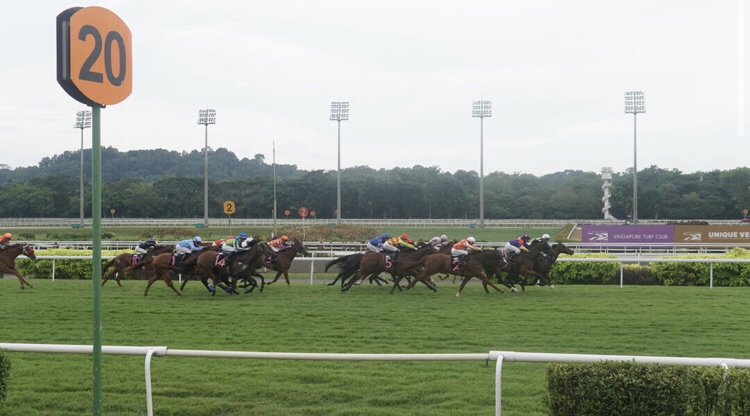More than 180 years of horse racing in Singapore came to an end on Saturday as the Singapore Turf Club celebrated its final day before handing the track back to the government to make way for a new racecourse. Under cloudy skies, the air-conditioned VIP section was packed with enthusiasts, socialites and expats, while the courts and bookies downstairs catered mainly to an older generation of gamblers. The sun shone on the white race, the Greater Singapore Gold Cup. South African jockey Muzi Yeni, who rode Smart Star to victory, expressed the sense of loss many felt that day. “If I have something to say, I hope the government will look into it,” he said in an interview after the match.
More than 120 hectares (300 acres) of land will be cultivated for new public and private housing as the country smaller than New York City tries to accommodate a growing population of more than 6 million people this year. The government said this was necessary “to ensure there is enough land for future generations”. Following some preparatory work, the seats are expected to return in early 2027. The decision to end horse racing in the city shocked the equestrian and training community when it was announced last year, but the sport was already in decline. Crowds have dropped from an average of 11,000 on race day in 2010 to around 6,000 in 2019, with attendance dropping by more than half due to COVID-19. Saturday’s crowd was about 10,000, a third of the stadium’s capacity.
Younger citizens turned to other sports hobbies. Racing in the city is now dominated by the annual Formula 1 race, which attracts around 270,000 people to the three days of shows and concerts in September. Horse racing on the island has always been associated with the need for land. Singapore Sports Club was founded by Scottish merchant William Henry Macleod Reed in 1842, when the club was still a British colony, and played its first match the following year at Farrer Road, north of the city centre. The event was declared a national holiday. In 1911, the first flight took off from the Singapore runway, piloted by Belgian pilot Joseph Christiansen. This track was one of the few accessible sections on level ground.
Rubber plantation
As the city grew and interest in the sport grew, the renamed Singapore Turf Club moved on after acquiring the Bukit Timah Rubber Estate. The new ground was opened in 1933 and was the club’s home ground until 1999 when it switched to other recreational sports. Since then, space has been made for more housing. Horse racing isn’t the only sport where residential expansion is easy. The last 18-hole golf course was closed for redevelopment earlier this year. The Turf Club’s newest home is a state-of-the-art facility, built at a cost of $500 million ($384 million), with air-conditioned booths, floodlights for night matches and stands capable of seating 30,000. spectators.
Tim Fitzsimmons, head trainer and director of Fitzsimmons Racing, who had more than 50 horses in Singapore last year and will return to Australia after coming to Singapore, said: “Singapore has been a world leader in horse racing and the track is one of the best. “There was one,” he said. 2007. “I Think He’ll Never Come Back.”Many of the thousands who made the trip Saturday were retirees who have been coming to the race for decades. Smoking punters cheer on thoroughbred horses, a woman in a wheelchair chats in Mandarin with her friends, and bald men peruse the crumpled pages of newspapers for horse details. Everyone gathered for the final rush. “It’s a beautiful and scenic place, but its glory days have passed and the maintenance costs are too high,” said Song Yajing, 77, a part-time chef who made the last shift with her husband them. “Maybe one day my kids will live in social housing.”


























































